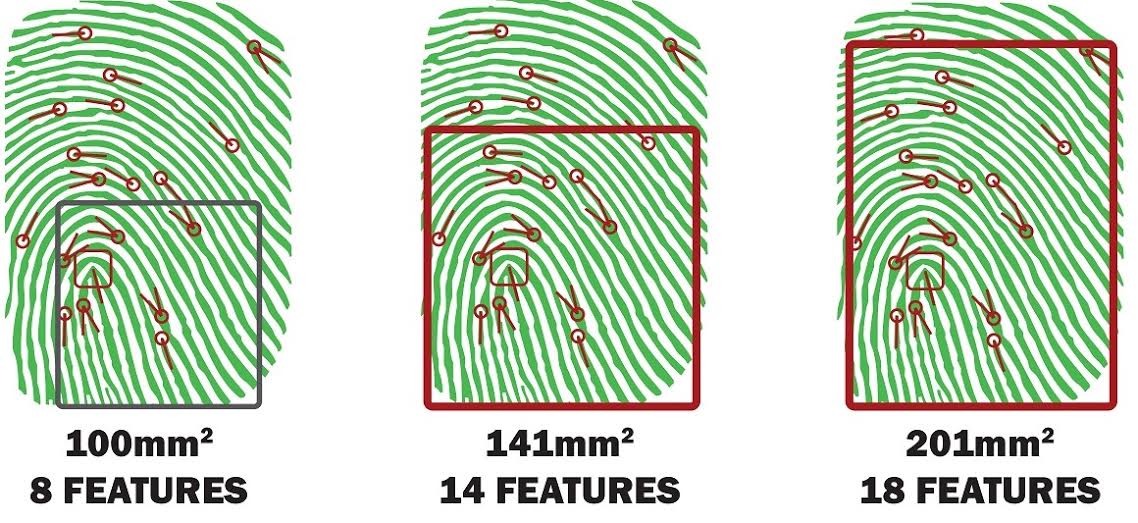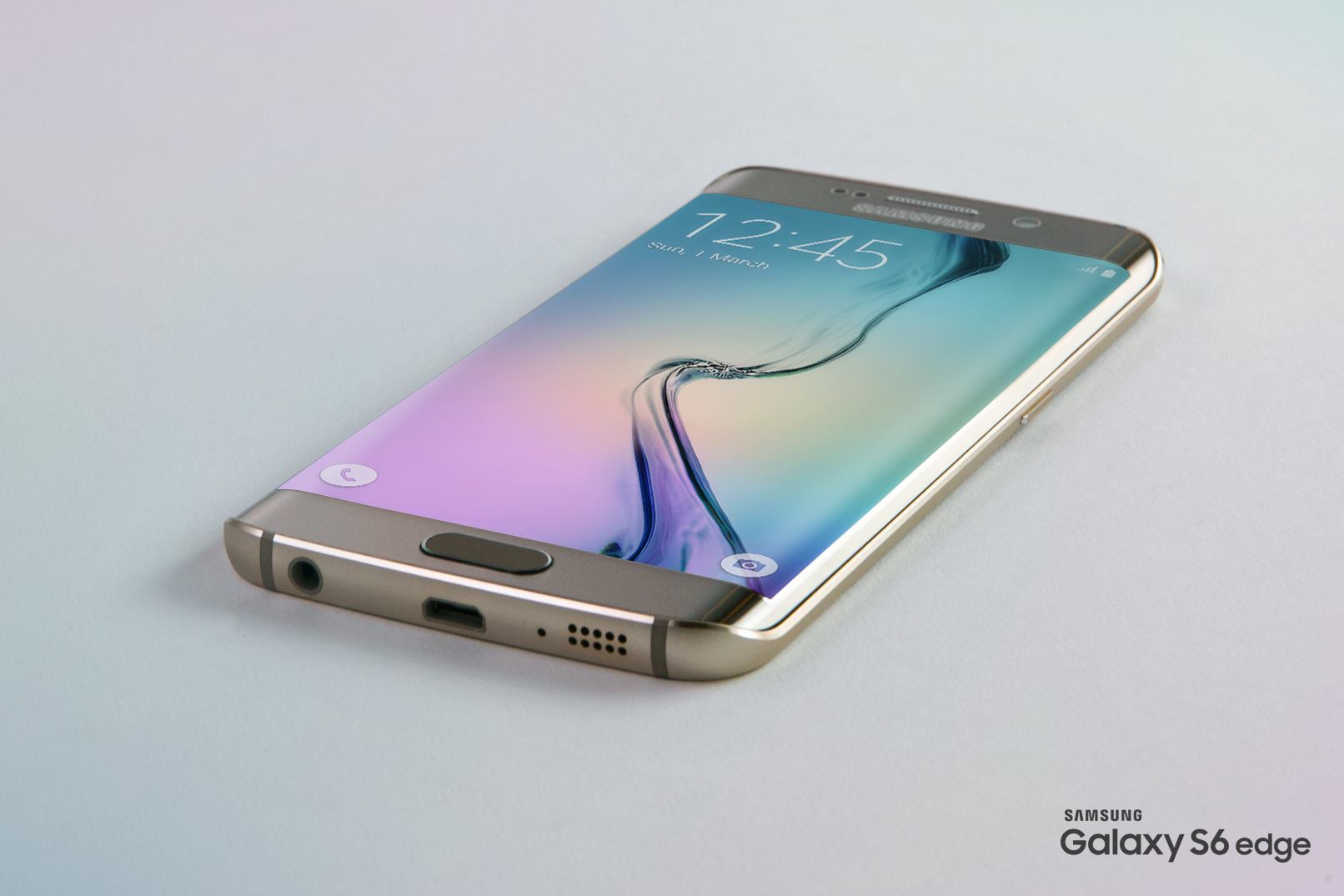Research Shows Fingerprint Sensor Accuracy Increases With Size
Researchers at the University Carlos III of Madrid found that the quality of fingerprint recognition varies depending on the size of the fingerprint sensor. The test, initiated by NEXT Biometrics but independently conducted by the university, involved three market-leading sensors. Reseachers collected 80,000 fingerprints as well as more than 1 million matches.
Tore Etholm-Idsoe, CEO of NEXT Biometrics, said, "The university study supports what biometric experts around the world have said for years, that size is the key factor in fingerprint sensor accuracy. A reliable fingerprint sensor system cannot compromise on sensor area. Going forward, expanding the use of fingerprint systems into payments, cloud access and corporate access, the importance of sensor system reliability will grow further."
The study led by professor Sanchez-Reillo showed that if the rate for "false acceptance" is set at 1 in 10,000, then a sensor that is 200 square millimeters will give less than 1 percent "false rejections." However, if the sensor size is cut in half, the "false rejections" grow by five times to more than 5 percent of the total tries.
The idea makes sense because, as we can see from the images above, the less of the fingerprint the sensor can see, the less data it will have to identify the phone's owner. That can only lead to more rejections when trying to unlock the phone.
Some companies such as Apple ask users to add the fingerprint multiple times to increase the success of identification. However, according to the study, this method doesn't have much of an effect on the number of false rejections if the sensor size is too small. Even improving the algorithm won't drastically impact the results.
Companies such as Samsung also tend to use smaller sensors so that the device bezels are as small as possible (an issue Apple's iPhones have always faced because of the large home button on the front). However, this fingerprint sensor size issue likely plagues capacitive sensors such as the ones Apple and Samsung use much more than it will the fingerprint readers that use Qualcomm's Sense ID technology.
Sense ID is based on ultrasonics and can be put behind the screen of the device, not just built onto the bezel. That means mobile companies won't have to worry about thick bezels on their phones anymore. If Samsung would use something like Sense ID, it could finally give up on the physical home button as well, just as most other Android OEMs have already done.
Get Tom's Hardware's best news and in-depth reviews, straight to your inbox.
Qualcomm's Sense ID is also likely to be much more accurate than any capacitive fingerprint sensor on the market, as its ultrasonics technology can create a more detailed and spoofing-resistant 3D image of the fingerprint. Sense ID should start appearing in devices with Qualcomm's new chips this fall.
Follow us @tomshardware, on Facebook and on Google+.
Lucian Armasu is a Contributing Writer for Tom's Hardware US. He covers software news and the issues surrounding privacy and security.
-
mrmike_49 Yeah, this study is to explain things to the bean counters, who only know that the smaller sensor is cheaperReply -
InvalidError The same can be said of image sensors in general. Larger cells tend to be less noisy and more sensitive while more pixels let you capture more details, or "features" as they call them here, more accurately.Reply
I'm waiting to see the patents on using larger, higher resolution fingerprint sensors... -
cats_Paw Captain Obvious striked again. (And think that there are people who are paid money for stuff like this).Reply -
InvalidError Reply
Finding people who are willing to pay good money to get told obvious things is an art by its own right.15682357 said:Captain Obvious striked again. (And think that there are people who are paid money for stuff like this).
A fool and his money are soon parted.
Or as one of the presenters at one of the conferences I attended last week said: "When you have a Ph.D., you can say whatever you want and nobody will dare to object unless they have one too. I have two, so I can get away with telling twice as much BS." -
WyomingKnott Would a wide-and-narrow sensor that the user swipes his/her finger over, capturing a full image, work?Reply -
fixxxer113 ReplyWould a wide-and-narrow sensor that the user swipes his/her finger over, capturing a full image, work?
A lot of laptops used that kind of sensor,but it's really frustrating to work with... You have to swipe your fingertip in exactly the correct speed, or the image the scanner sees is distorted and rejected. I think the best way is to have it under the screen as it's mentioned with the ultrasonic sensor or even better develop a sensor that is embedded in the digitizer itself and make a big part (or all) of the surface read fingerprints. -
cub_fanatic In other news, research found that being able to see all the words in a sentence led to higher accuracy when reading it.Reply


